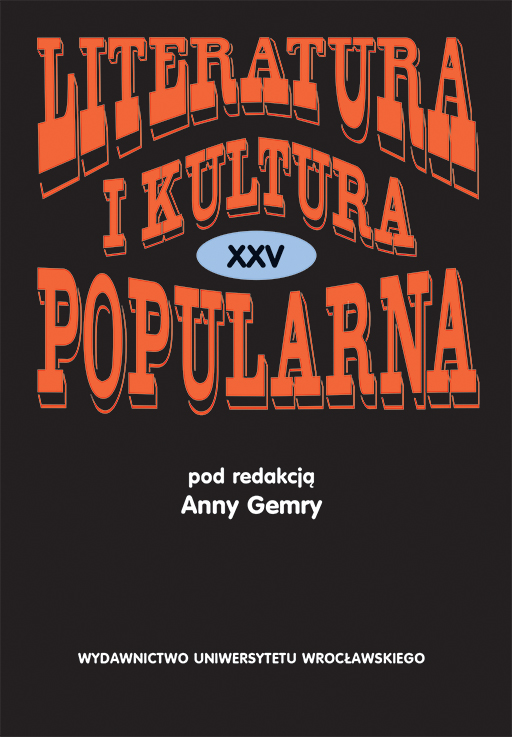

Literatura

Creation of the militiaman — treated as a representative figure for the specific type of literary character typical for militia literature — was functionalised in such a way to present militiamen as heroes on and off duty. This is why they used their inconspicuous appearance as a “weapon” for fighting against criminals. The worldly gentleman allowed the creation of the image of an “ideal mil-itiaman”. These two strategies were supposed to evoke trust towards the investigative and policing organs, overused during the Stalinist period. In that way, “the supermen in blue uniforms” (a term created by Stanisław Barańczak) (re)gained their humanity becoming appealing to the readers; all in compliance with the ideological premises, however, due to different reasons than the national policymakers wished.
Thus, the reconfigurations of the image of the militia official in “neo-militia literature”, having a demystifying tone, show to what extent the image created by the writers of militia literature remained artistically prominent. However, nowadays not only this demystifying notion, but also militia literature is regaining its popularity, the proof being the activity of its readers on the internet. The reason why these stories — very often full of propaganda — are interesting for readers may be their documentary values. It seems, however, that it is especially the depiction of the heroes perceived not as represent-atives of the policy, but as single units coping with the everyday struggles of living in the PRL (The Polish People’s Republic), that has the greatest influence on the popularity of this genre.